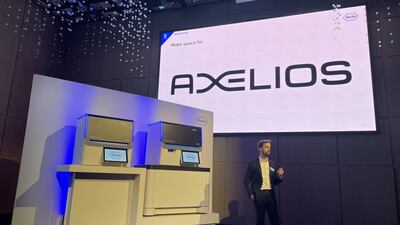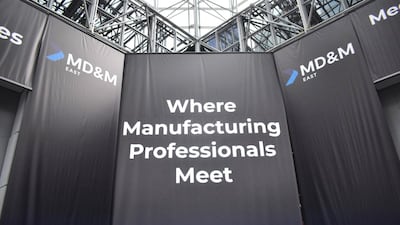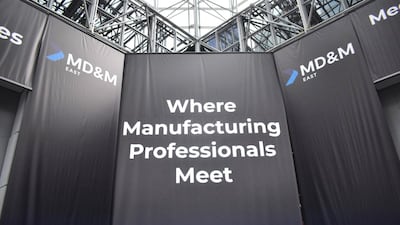Manufacturers of high-risk medical devices often face the unknown when it comes to generating clinical evidence for EU regulatory conformity assessments. Dialogue between notified bodies and manufacturers is prohibited under the EU Medical Device and In Vitro Diagnostic Regulations, which can result in a misalignment between the data a company submits to a notified body, and the expectations that the notified body has.
More specifically, companies are not allowed to seek prior advice about what clinical investigations would be expected for a particular high-risk device before they select a notified body and submit...






